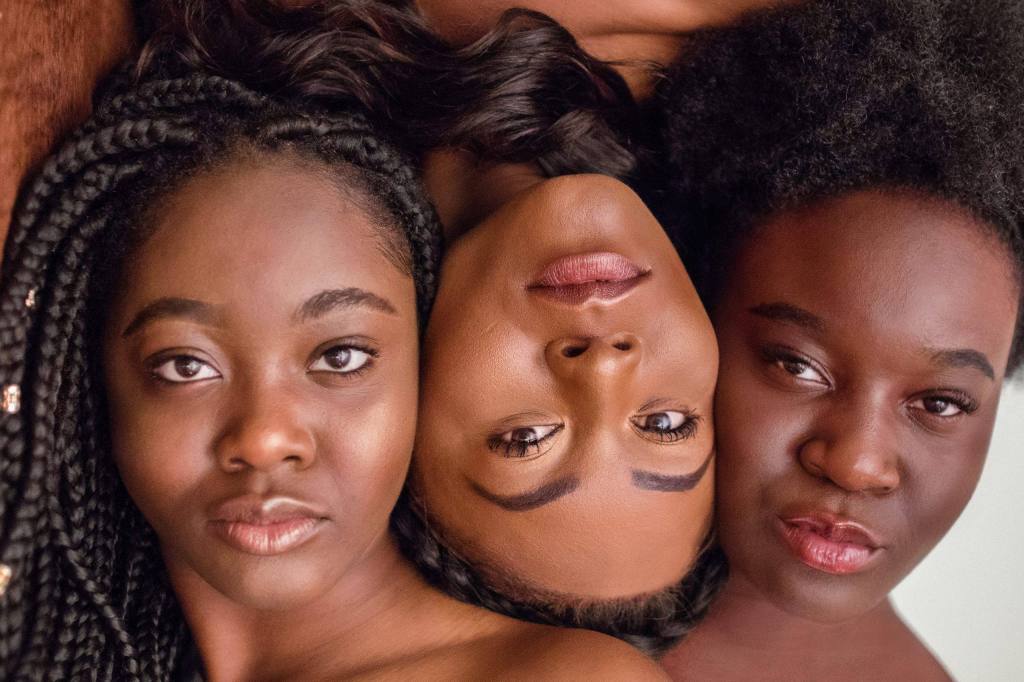
Featured Publications
Sociopolitical Development
Racial and Political Resistance: An Examination of the Sociopolitical Action of Racially Marginalized Youth

This paper reviews recent literature on racially marginalized youth’s socio-political action in the United States by highlight three trends regarding the nature of, the factors shaping, and the implications of youth action. First, we trace the nature of racially marginalized youth’s individual/interpersonal action, collective action, and digital action. Then, we describe the sociopolitical, sociocultural, and contextual domains that shape their sociopolitical action. Importantly, we examine the significant implications for the mental health of youth, particularly as these actions have both positive and negative results. Finally, we highlight recent advances in the measurement of racially marginalized youth sociopolitical actions while imploring the field for more holistic and intersectional approaches to both measurement and theory.
Anyiwo, N., Palmer, G. J., Garrett, J. M., Starck, J. G., & Hope, E. C. (2020). Racial & political resistance: An examination of the sociopolitical action of eacially Marginalized Youth. Current Opinion in Psychology. 35, 86-91.https://doi.org/10.1016/j.copsyc.2020.03.005
Sociocultural Influences on the Sociopolitical Development of African American Youth

Sociopolitical development (SPD) is the process by which individuals become aware of social inequality, recognize the status of their social identities, and engage in activism. For racially marginalized youth, race is an important aspect of their SPD. Yet few studies have considered the connections between racial factors and youth’s SPD. In this article, we introduce an integrative model situating racial sociocultural processes (ie, racial identity, racial socialization, and experiences of racial discrimination) within current SPD theory. In particular, we look at African American youth as a case study to discuss how sociocultural factors can contribute to youth’s awareness of structures of social inequality (ie, critical social analysis) and engagement in action against social inequality (ie, sociopolitical action). We conclude with suggestions for research.
Anyiwo, N., Bañales, J., Rowley, S., Watkins, D.C., & Richards-Schuster, K. (2018). Sociocultural influences on the sociopolitical development of Black Youth. Child Developmental Perspectives. 12, 165-170. doi: 10.1111/cdep.12276
Media
Black Adolescents’ Television Usage and Endorsement of Mainstream Gender Roles and the Strong Black Woman Schema

This study investigated the associations between Black adolescents’ television usage and their endorsement of mainstream gender roles (MGR) and the strong Black woman (SBW) schema, which characterizes Black woman as emotionally strong, independent, and self-sacrificing. 121 self-identified Black adolescents completed survey measures assessing their endorsement of the SBW and MGR, their viewership of 29 popular television programs (17 targeted to mainstream audiences and 12 targeted to a Black audience), and their total hours of weekly television. Viewing Black-oriented programs was associated with stronger endorsement of SBW. Viewing mainstream programs was associated with lower endorsement of MGR, specifically for boys. These findings offer some of the first indications of potential relations between Black adolescents’ gender role schemas and the racial makeup of the television programs that they view. We discuss possibilities that youth’s selection of television programs may strengthen the development of the SBW or that youth who embrace the SBW schema may select programs that fit the schema.
Anyiwo, N., Ward, L. M., Fletcher, K.D., Rowley, S. (2018). Television usage and African American adolescents’ endorsement of mainstream gender roles and the strong Black woman schema. Journal of Black Psychology. 44, 371-397. doi: 10.1177/0095798418771818
Media Representations of Popular Culture Figures and the Construction of Black Masculinities

This study explores young Black men’s subjective reflections on the role that popular culture and media have in informing how they construct masculinity. . Study participants included 18- to 26-year-old Black men (n = 11) enrolled at a university in the Midwest. When asked to describe and identify their definitions of manhood, participants referred to well-known male media figures of the past and present, and specifically identified various social movement leaders, athletes, and entertainers who were central to their conceptualization of manhood. Moreover, men identified both positive and negative qualities of these popular figures to determine aspects they either aspired to adopt or reject when forming their own ideas about manhood. Study findings show that popular culture figures play complex roles in Black men’s constructions of masculinity while uncovering that Black men use the images of these figures to deconstruct harmful, antiquated stereotypes and tropes associated with Black masculinity. Popular culture figures are also used to highlight and grapple with complex messages about the disposability of Black men’s lives
Goodwill, J.R., Anyiwo, N., Williams, E.G., Johnson, N.C., Mattis, J.S. & Watkins, D.C. (2019). Media representations of popular culture and the constructions of Black masculinities. Psychology of Men & Masculinity. 20, 288-298. doi: 10.1037/men0000164
Psychological Wellbeing
What’s Race Got to Do With It? Racial Socialization’s Contribution to Black Adolescent Coping

While youth generally experience stressors from developmental milestones, Black youth also face racialized stressors. Racial socialization has been found to help Black youth cope with racialized stressors, but research has yet to show its contribution to coping beyond general socialization practices. This study examines how racial socialization contributes beyond that of general coping socialization to coping behaviors. Fifty-eight third–eighth-grade (Mage = 11.3, SD = 1.54) youth reported general coping socialization and racial socialization practices and coping behaviors. Results indicate that for engagement coping, racial socialization messages contributed significantly to parent-provided engaged socialization strategies. Implications are considered for the ways in which Black youth experience stress and require culturally specific practices for successful coping with frequently encountered stressors.
Anderson, R. E., Jones, S., Anyiwo, N., McKenny, M., & Gaylord-Harden, N. (2018). What’s Race Got to Do With It? Racial Socialization’s Contribution to Black Adolescent Coping. Journal of Research on Adolescence. Advance online publication. doi: /10.1111/jora.12440
Racial Identity, Perpetrator Race, Racial Composition of Primary Community, and Mood Responses to Discrimination

This study employed a visual imagery paradigm to examine how racial centrality (or the significance of one’s race), perpetrator race, and the racial composition of one’s primary community were associated with mood responses to racial discrimination vignettes. Participants were 129 self-identified African American young adults (55% female) recruited from a southeastern university in the United States. Participants completed measures of sociodemographic characteristics and racial centrality and rated their mood following exposure to vignettes consisting of blatant and subtle discrimination with Black and White actors. Individuals with higher racial centrality endorsed greater anger and disgust and had stronger overall mood ratings following the subtle discrimination condition. Also, participants reported significantly higher levels of distress and disgust when the perpetrator was White. These results suggest that individual and situational factors help shape affective responses to discrimination. We discuss implications of the findings and highlight being connected to one’s racial identity as a healthy psychological response to racism
Rucker, J. M., Neblett Jr, E. W., & Anyiwo, N. (2014). Racial identity, perpetrator race, racial composition of primary community, and mood responses to discrimination. Journal of Black Psychology, 40, 539-562. doi: 10.1177/0095798413499371